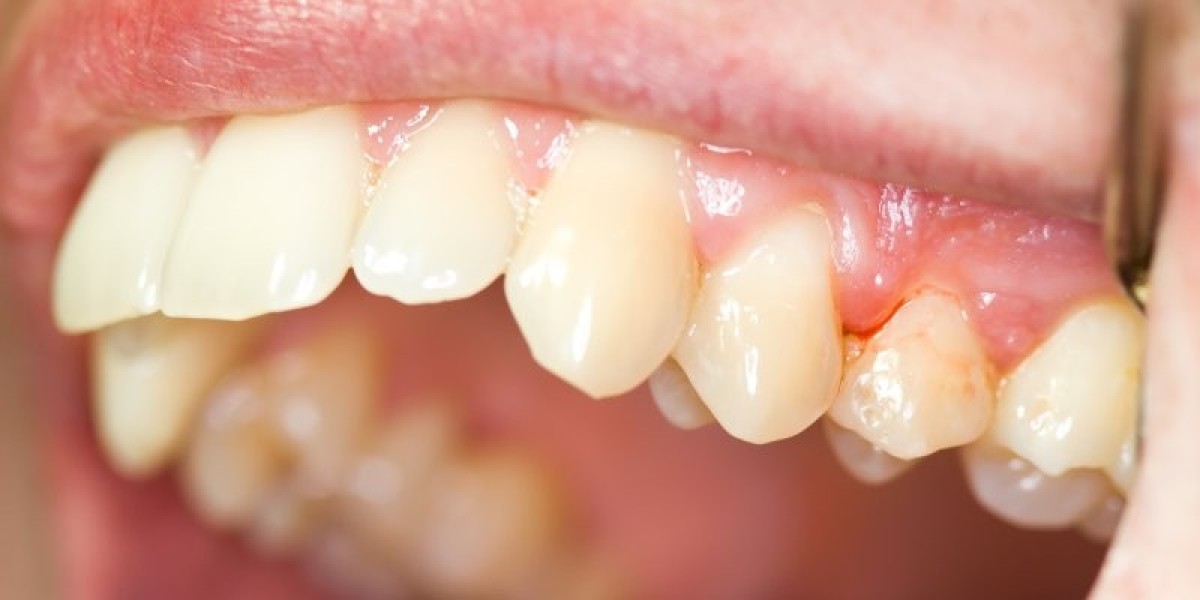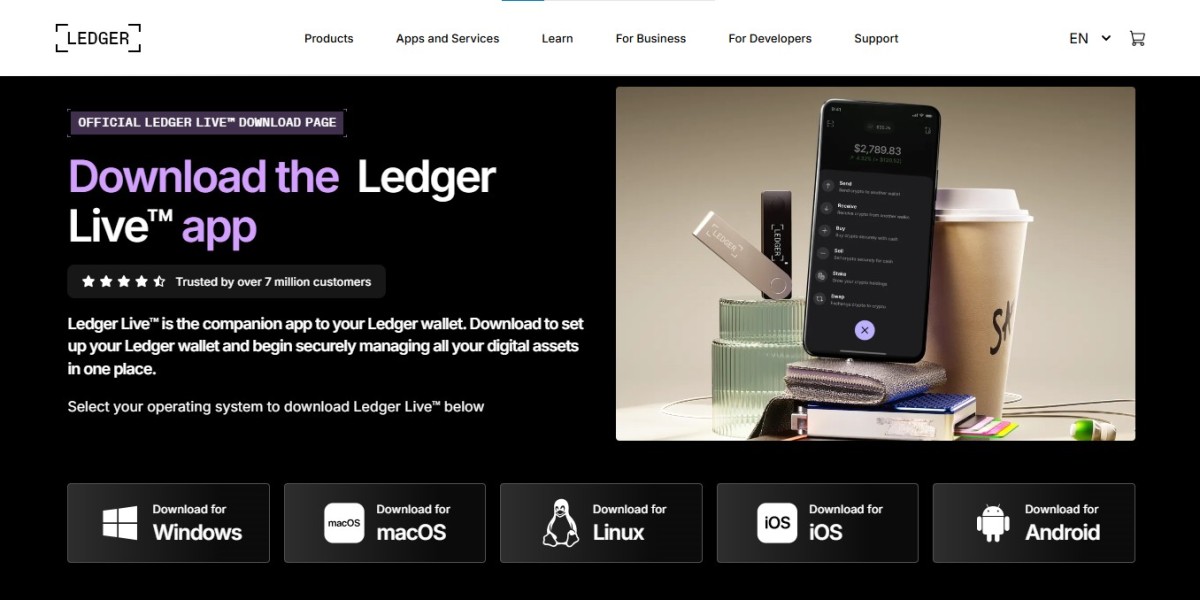Understanding the gingivectomy recovery timeline is essential for anyone preparing for or recovering from gum surgery. A Gingivectomy (Gum Tissue Removal) in Dubai involves the removal of excess or diseased gum tissue to treat periodontal disease or improve cosmetic appearance. Although it's a routine and minimally invasive procedure, proper recovery is vital to avoid complications and ensure long-term results. Here’s a detailed day-by-day healing guide to help you manage your recovery with confidence.
Day 1: Immediate Post-Surgery Care
The first 24 hours after your gingivectomy are the most critical in the healing process. You’ll be numb from local anesthesia for a few hours, and as it wears off, you may feel mild to moderate discomfort.
What to expect on Day 1:
Minor bleeding and tenderness in the treated area
Swelling that begins to develop gradually
A protective periodontal dressing placed over the gums
A soft-food diet and cool liquids to prevent irritation
Instructions to avoid brushing the treated area
Prescribed pain medication or over-the-counter pain relievers
You should rest and avoid strenuous activity during this initial period to promote blood clot formation and reduce inflammation.
Days 2–3: Managing Swelling and Sensitivity
By days two and three, the anesthesia will have fully worn off, and your gums may be swollen and tender. This is a normal part of the gingivectomy recovery timeline, and discomfort typically peaks during this phase before improving.
Tips to manage healing during this stage:
Continue using cold compresses to reduce swelling
Avoid hot foods and drinks that can irritate the surgical site
Stick to nutrient-rich, soft foods like yogurt, mashed potatoes, or smoothies
Rinse with a prescribed antimicrobial mouthwash (avoid vigorous swishing)
Take pain medications as directed for continued comfort
Avoid alcohol, smoking, and spicy foods which may delay healing
Keep the surgical site clean but don’t disturb the area with your toothbrush just yet.
Days 4–5: Initial Signs of Healing
Around days four and five, the gums begin forming a new protective layer, and tenderness gradually subsides. Swelling typically decreases, and most patients notice improved comfort.
Here’s what usually happens during this healing window:
Gum tissue starts to regenerate, forming a smoother texture
The periodontal dressing may come loose or be removed by your dentist
Eating becomes easier, but you should still avoid crunchy or sticky foods
You may notice minor itching or tightness as tissue heals
Brushing can resume with a soft toothbrush—only around untreated areas
Continue to follow your dentist’s post-operative care instructions carefully, and don’t skip any prescribed rinses or medications.
Days 6–7: Resuming Normal Activities
By the end of the first week in your gingivectomy recovery timeline, your mouth will feel significantly better. Most people are able to return to normal routines, including work and light physical activity.
Improvements seen during this stage:
Pain and sensitivity are nearly gone
Any residual inflammation is visibly reduced
Patients typically resume full oral hygiene routines, gently brushing the treated gums
The gumline appears more defined and healthy
A follow-up appointment is often scheduled to assess healing
Although you’ll feel much better, remember that deeper tissue healing is still in progress. Be mindful of your diet and continue soft brushing to avoid disrupting the new gum structure.
Week 2 and Beyond: Tissue Remodeling
Healing continues over the next few weeks, even though the majority of discomfort has passed. This stage focuses on tissue remodeling and full integration of the newly shaped gums into your mouth.
Key points about healing after the first week:
Gums regain natural color and firmness
Any residual scabbing or dressing remnants fall away
Brushing and flossing return to normal practices
Avoid habits that could irritate gums, such as nail biting or hard snacks
Cosmetic results become more noticeable each day
Patients who had Gingivectomy (Gum Tissue Removal) Treatment for aesthetic reasons often notice a more balanced smile around this time.
Long-Term Healing and Final Results:
The final phase of the gingivectomy recovery timeline involves long-term gum stabilization and maintenance. Full tissue healing can take several weeks to months, depending on your individual health, age, and oral hygiene habits.
Long-term care recommendations include:
Scheduling professional dental cleanings every 3–6 months
Maintaining daily brushing and flossing habits
Using fluoride or antimicrobial rinses as advised by your dentist
Avoiding tobacco to preserve gum health
Monitoring for signs of infection or tissue overgrowth
By closely following your recovery plan and dental advice, you can expect healthy, aesthetically pleasing, and long-lasting results from your gingivectomy.








